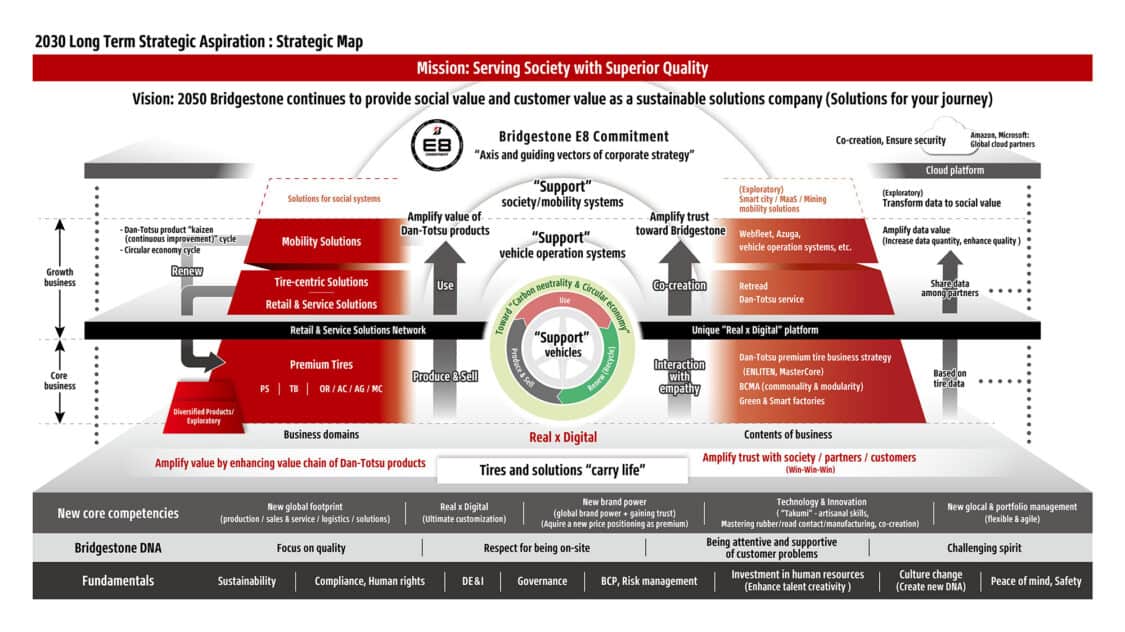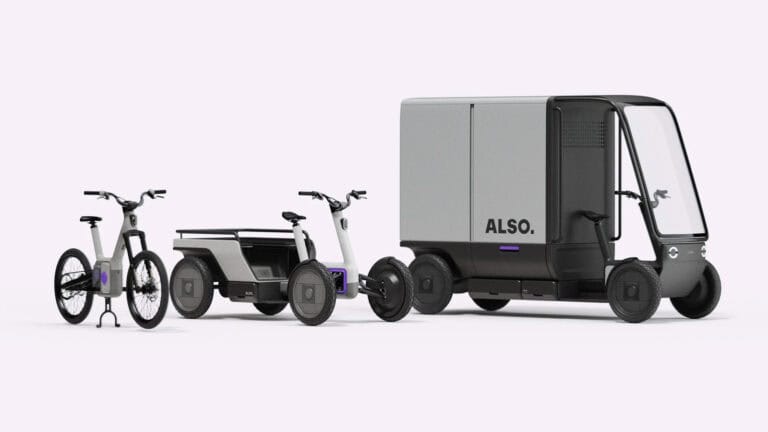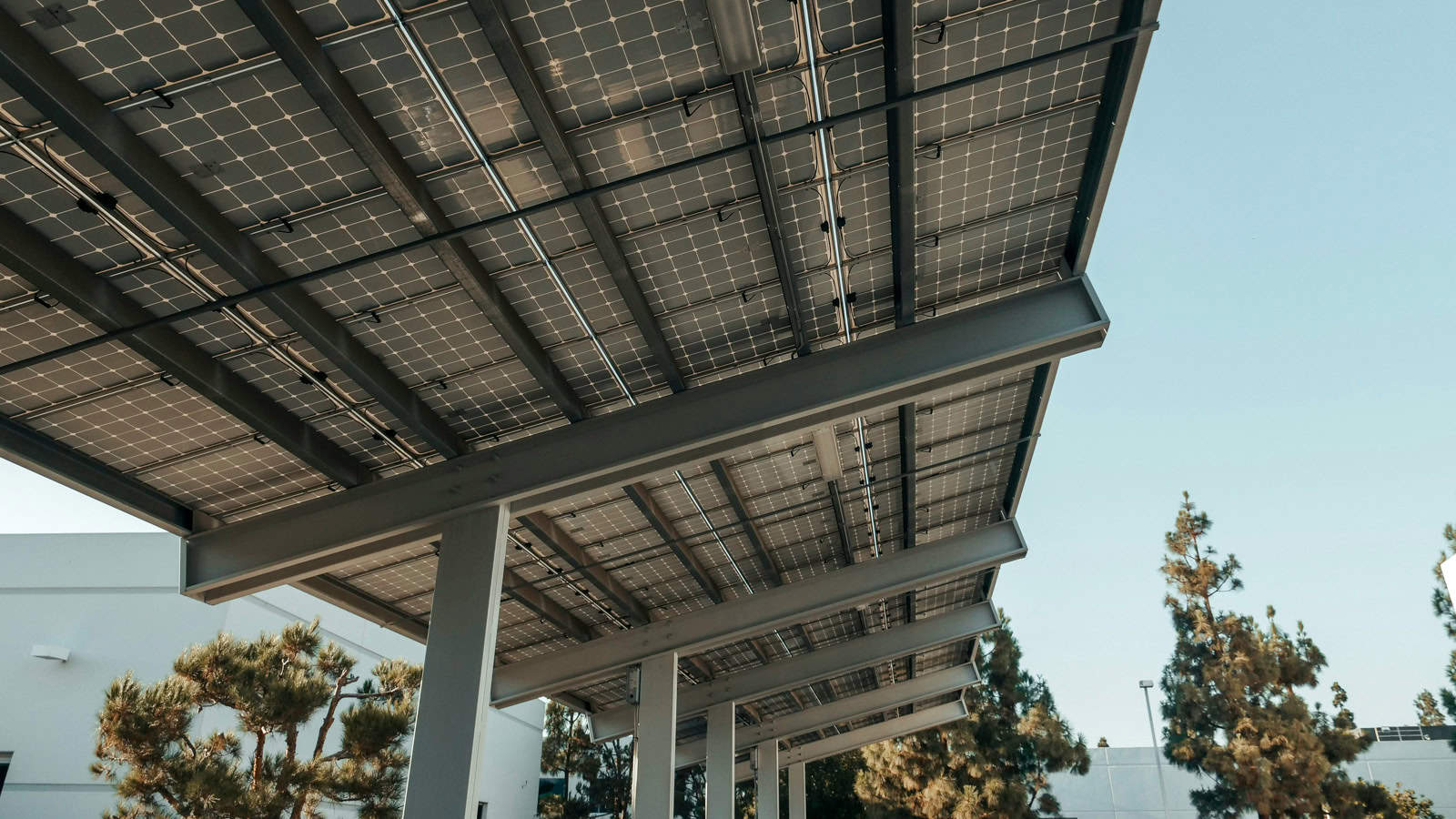- Half a dozen plants that process tires and raw materials for Bridgestone have transitioned to purchasing all of their electricity from renewable energy sources.
- This means that the company’s ratio of using renewable energy at its production bases is currently around 90%.
- Bridgestone has made a commitment to becoming carbon-neutral by 2050.
In a move toward more sustainability, Bridgestone Corporation has transitioned its electricity consumption to renewable energy sources at multiple Bridgestone plants in Japan. With a mission to fulfill its corporate commitment to achieving a carbon-neutral mobility society, the company is turning its vision of a greener future into reality.
90% on the Horizon: Bridgestone’s Renewable Energy Achievement

By successfully transitioning all electricity purchased at six tire and raw materials plants in Japan to renewable energy sources, Bridgestone has surged closer to achieving an impressive 90% renewable energy ratio in its production bases across the country.
The company has also begun the process of transitioning two chemical and industrial products plants to renewable energy sources, and there are plans for further systematic expansions in the future.
Bridgestone’s E8 Commitment and Its 2030 Vision
Bridgestone has pledged to devote itself to becoming a sustainable solutions company. The commitment to realizing a carbon-neutral mobility society is summarized in their “Bridgestone E8 Commitment.”
With an ambitious target of reducing absolute CO2 emissions by 50% by 2030 (compared to 2011 levels) and achieving carbon neutrality by 2050, Bridgestone is steering toward a more eco-friendly future.
The brand’s 2030 Long Term Strategic Aspiration includes promoting Green & Smart factories, with the aim of sourcing over 50% of their energy from renewable sources by 2023 and eventually transitioning to 100% renewable energy by 2030.

Global Shift to Renewables: Bridgestone’s Solar-Powered Plants
Bridgestone‘s green revolution is not limited to Japan. The company has already transitioned to renewable energy sources for all electricity purchased at locations in Europe and two plants in China, with solar power in use at plants in Japan, Thailand, the United States, and Europe.
ADVERTISEMENT

SOURCE | IMAGES: BRIDGESTONE
FTC: We use income-earning auto affiliate links. Learn more.











